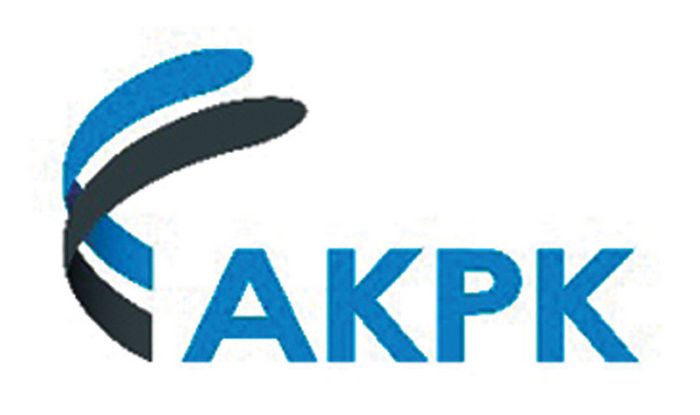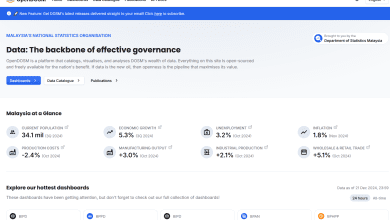AKPK Story 10: The Empty Nest


This is Part 10 of a continuing 12-part series on financial planning.
Adam and Aida can finally give a big sigh of relief now. One of the greatest financial burdens was lifted from their shoulders as both their children, Aiman and Alisa, have graduated and are living on their own. Adam and Aida are in their late 40s now and have a couple more years to retirement.
Many people don’t really think about planning for their retirement until all their other obligations have been fulfilled, especially funding their children’s education. This is understandable as people tend to prioritise their needs on urgency basis and may not have enough time to save up for their retirement. We may be able to catch up on all those books that we’ve not been able to read but we may not have the luxury of time to catch up on our retirement savings. It takes time to build wealth and for the power of compound interest to work effectively, even longer time is needed. Many rely solely on their EPF savings, which may not be sufficient.
Of course, the best time to start planning for your retirement is as soon as you start working. You should be saving at least 10% of your income into a separate retirement fund (apart from your EPF) and allow it to grow throughout the years.
So, how should we then manage our finances during this phase of our life, especially if we’ve not saved up much for our golden years? Let’s take a look at some of the strategies:
- Re-budget – yes, we should continue with our habit of having a budget and more importantly, sticking to it. At this phase of our life, we should have a clearer and more accurate picture of what our retirement lifestyle is going to look like. Therefore, we should review our budget and make the necessary adjustments to better reflect our post-retirement lifestyle, taking into consideration inflation and other emergencies.
- Reallocate– as you’ve been used to saving for your children’s education all this while, it is not too difficult to carry on with this habit. Nevertheless, you should reallocate whatever you’ve been saving for your children’s education towards your own retirement funds to supplement your EPF savings for the years to come.
- Reassess – you have to do an assessment of the financial risks and take the necessary steps to minimise the impact:
- Consider the effect of inflation on the future purchasing power of your money today.
- Relook into the asset allocation of your investments. An overly conservative asset allocation may put you at risk for not being able to outpace inflation.
- Be discipline on the amount you are withdrawing from your retirement funds so that it does not deplete your retirement assets too quickly.
- Take into consideration the rising healthcare expenses too. As one ages, healthcare expenses tend to rise in tandem and can considerably affect your savings if you don’t have a comprehensive health insurance plan.
- Recalculate – after having considered the above, you may want to do a recalculation of your retirement funding needs by following the steps listed below. You may either seek the help of a financial planner or browse the internet for a retirement planning calculator, which is aplenty.
Step 1: Project the first year desired retirement income.
Step 2: Estimate the lump sum retirement funds needed (inflation-adjusted).
Step 3: Determine current and future resources of income needed for retirement funding.
Step 4: Convert these current value of resources to their future value at retirement.
Step 5: Determine the Retirement Gap, if any.
Step 6: Determine the funding needs during the pre-retirement period to close the retirement gap.
It is important to note that your retirement planning should include debt reduction, no new debts, diversifying investments and above all, maintaining good health through proper diet and regular exercise. The question of health is vital during old age as healthcare can be a major expenditure and may drain your retirement savings, despite having medical and critical insurance coverage, which may not include or suffice to cover all the procedures and prescriptions that you actually need to have.


